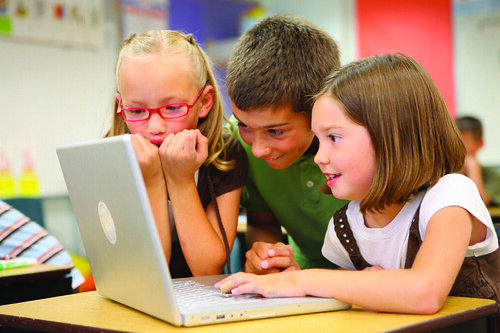Next generation web 2.0 presentation tools such as prezi, animoto, and glogster. These are tools that we use on our blogs. Thanks to our blogs I was introduced to these great tools that I have had a fun time creating and this is just practice for when I do become a teacher. This concept was great for me because I learned about two new web tools and I learned a little more about prezi.
- Prezi allows teachers and students to create visual displays collaboratively online using nonlinear approaches to information presentation (Maloy et, al p. 224).
- Animoto is also another next-generation tool, in which teachers use video clips, pictures, sound, and text to expand how information is presented and received (Maloy et, al p. 224)
- Glogster lets teachers and students created digital posters (called glogs) that combine the use of images, sounds, and graphics with text (Maloy et, al p.224).
YouTube, handcrafted videos, and streaming video resources are different tools that focus on different things. This concept specifically stood out to me because I did not think you could use YouTube as a tool because when I was in school it was locked for students use. YouTube is a video hosting and sharing website where people upload videos that they have made and watch those made by others (Maloy et, al p.225). Some teachers even have their own profile on where they post video material. I noticed that some of my professor have their own channel so that they can guide us through some of our modules. Handcrafted videos are videos where the camera focuses on words, numbers, images, and even paper cutouts as they appear and move around a whiteboard or white background (Maloy et, al 226). This type of video I found like a great idea for me because it would help me a lot in my math classes. Handcrafted video also does not show any faces so it would be perfect for privacy issues. Finally, streaming videos are the simultaneous transfer of a video, voice, and data from one computer to another (Maloy et, al p. 226). This type of video is handy because it can be viewed either from a smartphone or computer. These type of videos are available for free to schools and they are growing constantly. These video tools as a future teacher is great to know what they are good for so I can know when in my lesson I can use them and how. The only video tool I knew about was YouTube, but I thought it was very limited now I know there is an educational part in it.
Strategies for using videos with students was a concept that was very helpful to me even as student. This concept explains how each strategy allows the student to contribute and interpret their own ideas.
- Pause and rewind videos often. Pausing or rewinding to review video segments engages students in lively ongoing discussions about what they are viewing, making the experience interactive.
- Ask the students to write responses. As they view video, students can take notes or write reactions to parts of what they are watching. By pairing different modes of learning video viewing and expressive writing teachers enhance student involvement.
- Integrate video into lessons. Showing brief segments of a video rather than watching and entire program facilitates and interactive viewing experience for students. Alternatively, when the teachers show one or two short scenes or sections from a video, it is easier to promote discussion and analysis because student attention is focused on the important academic material in the lesson.
- Turn off the sound or the picture. Eliminating sound or picture dramatically changes the video experience.
This concept has taught me how to use these strategies in the classroom and its given me some examples as a future educator. This is a way to make enliven the classroom experience for students specially for me that I do not usually use technology much.
Overall, this chapter was full of ideas and technology tools that I could use in the future. These three concepts were specially useful to me because I feel as if I can use them in my own classroom and feel comfortable using them. I have a variety of web 2.0 tools to choose from that thanks to blogging I have been able to learn about more and more and expand my use of. The use of videos in the classroom from YouTube, handcrafted, and streaming are different but very useful in specific ways. Finally, the strategies that will help enhance the use of videos with students. All these things combined together for me have given me many ideas on how to use them in the near future as an educator.
References:
Maloy, R., O'Loughlin, R., Edwards, S., & Woolf, B. (2013). Transforming Learning with New Technologies. 2nd Edition. Boston, MA: Pearson Education Inc.
Ruiz, J. (2016, October 22). Strategies. Retrieved October 22, 2016, from https://www.powtoon.com/my-powtoons/#/
Ruiz, J. (2016, October 22). What would you use? Retrieved October 22, 2016, from https://magic.piktochart.com/output/17388471-what-would-you-use
